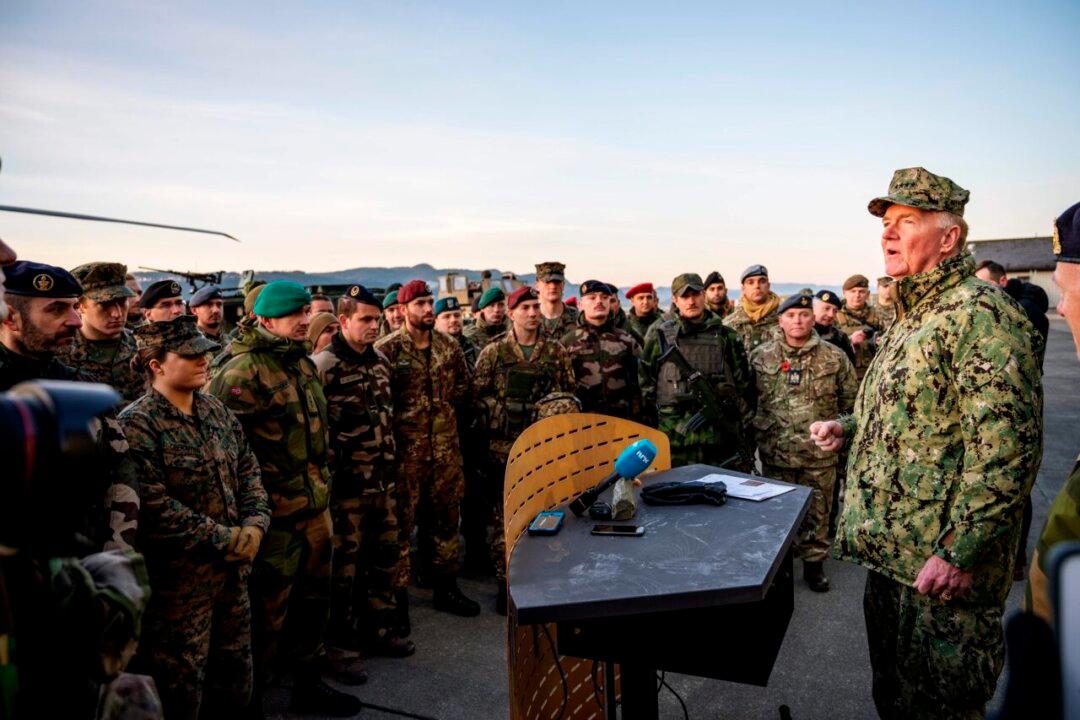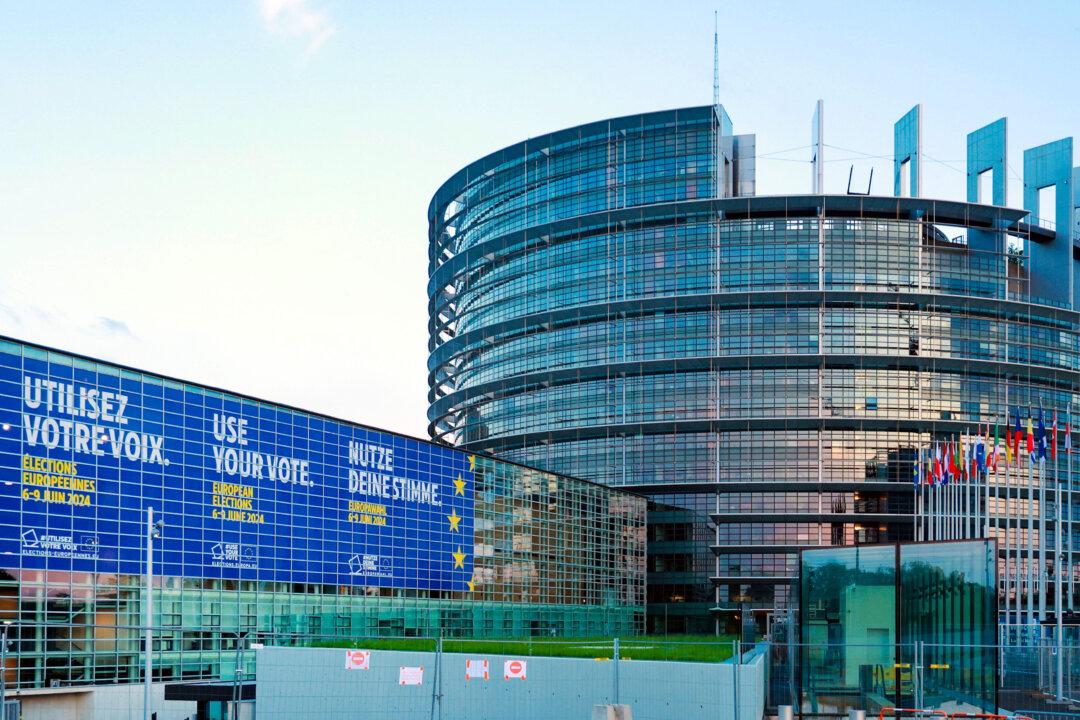The U.S. Army announced on Tuesday that it would re-establish after seven years of inactivity an additional corps headquarters called Fifth Corps (V Corps) in Fort Knox, Kentucky. The goal is to support a command post in Europe on a rotational basis, according to a U.S. Army press statement.
Approximately 635 soldiers will be stationed at Fort Knox, and 200 (about company size) of them will take turns to rotate in Europe where they will support a new operational command post yet to be established, the statement said.





